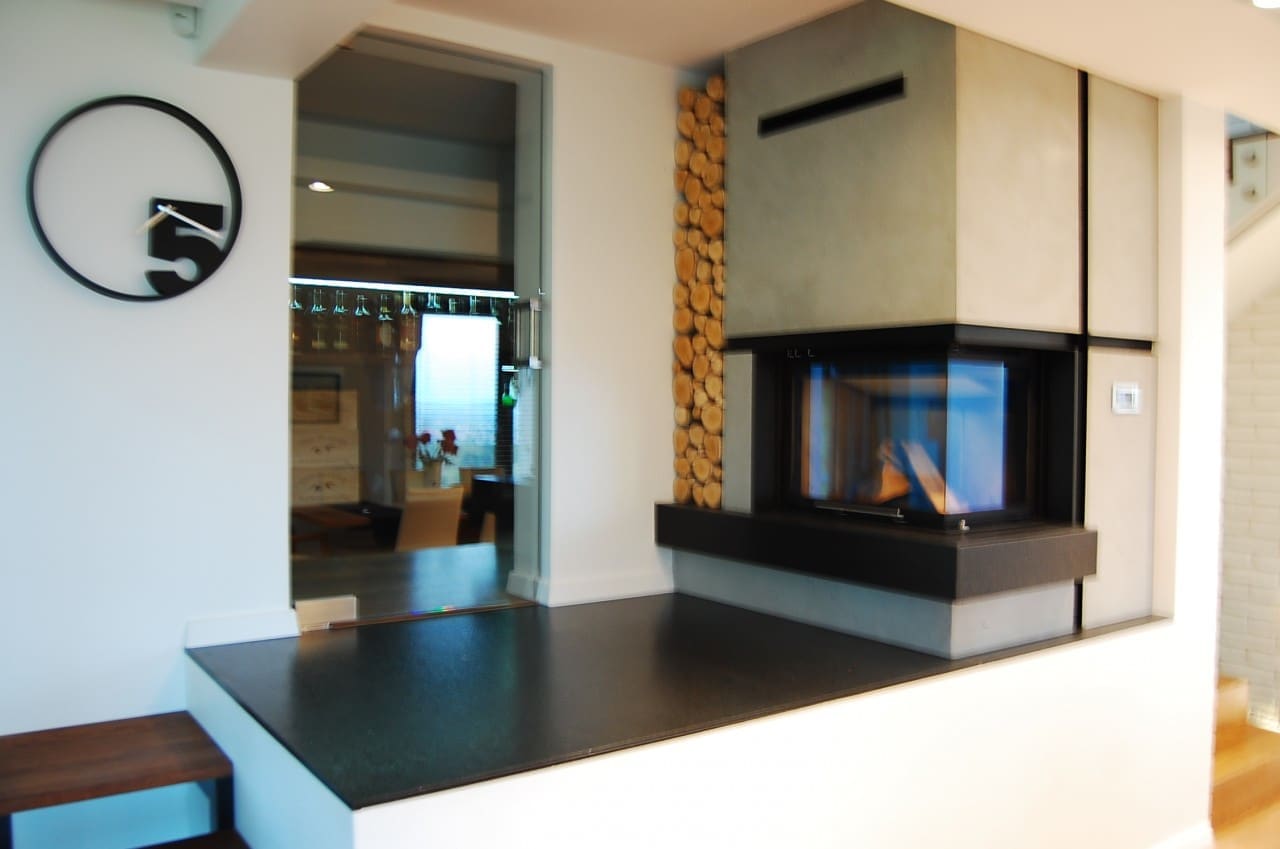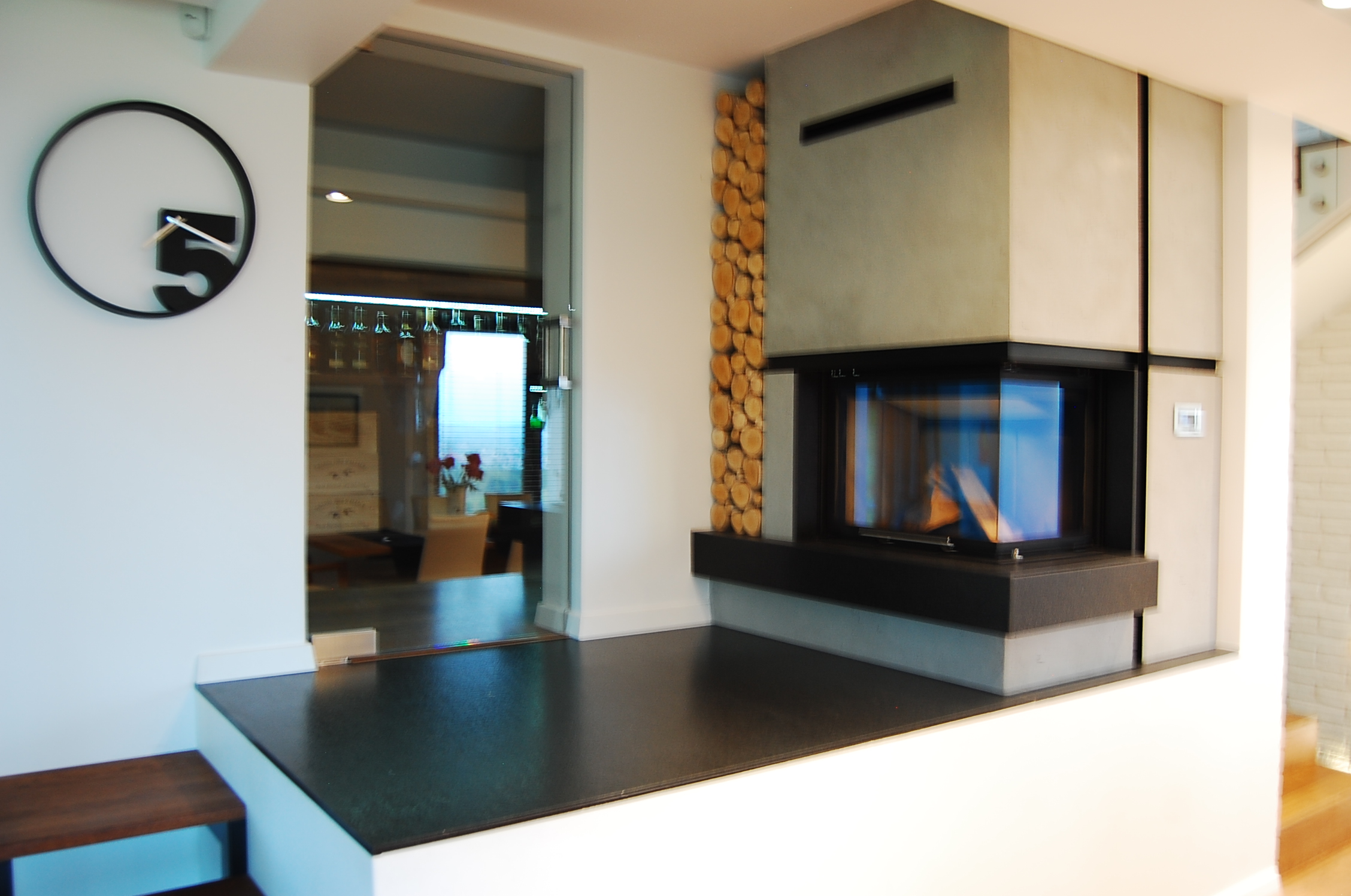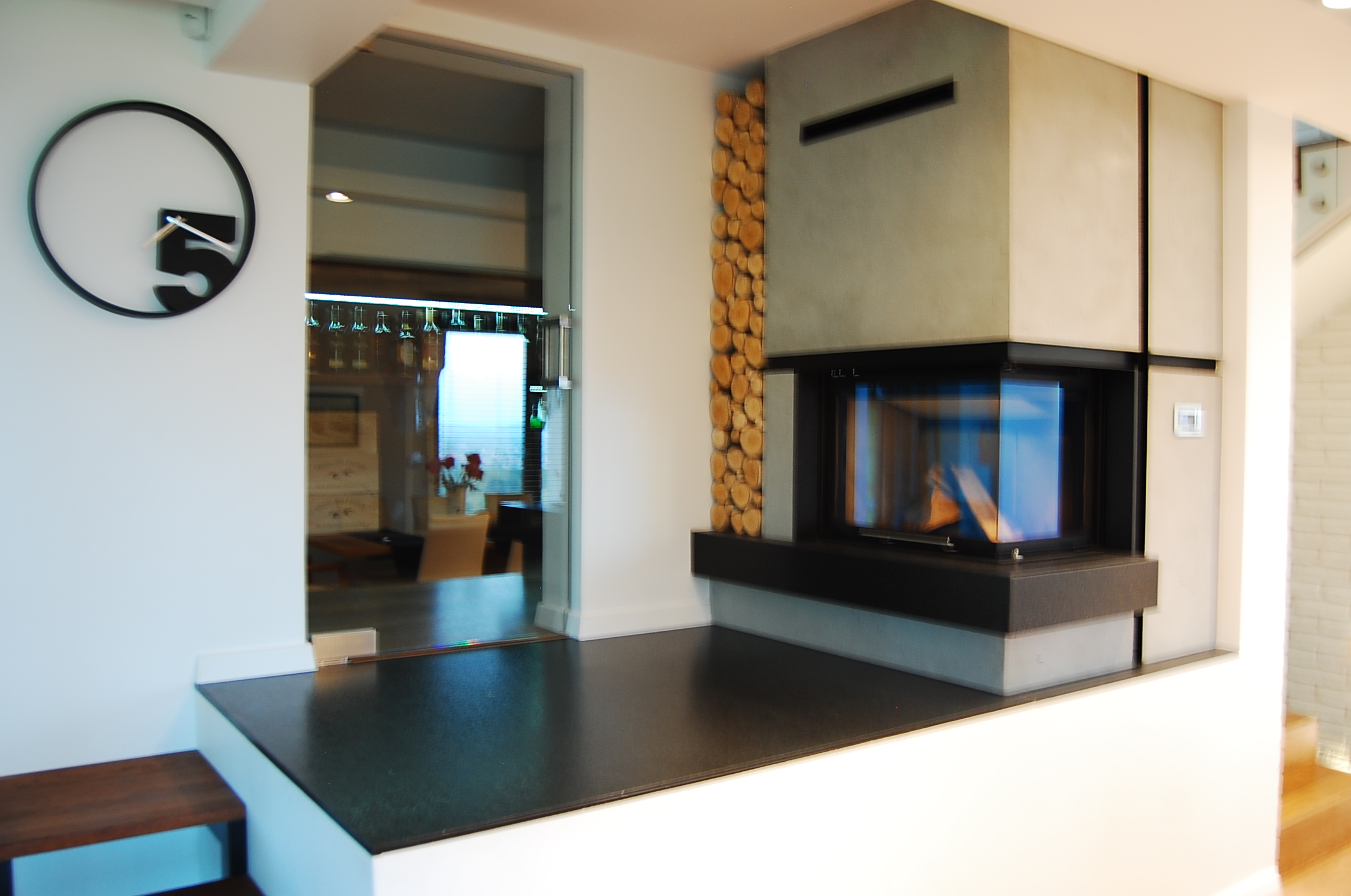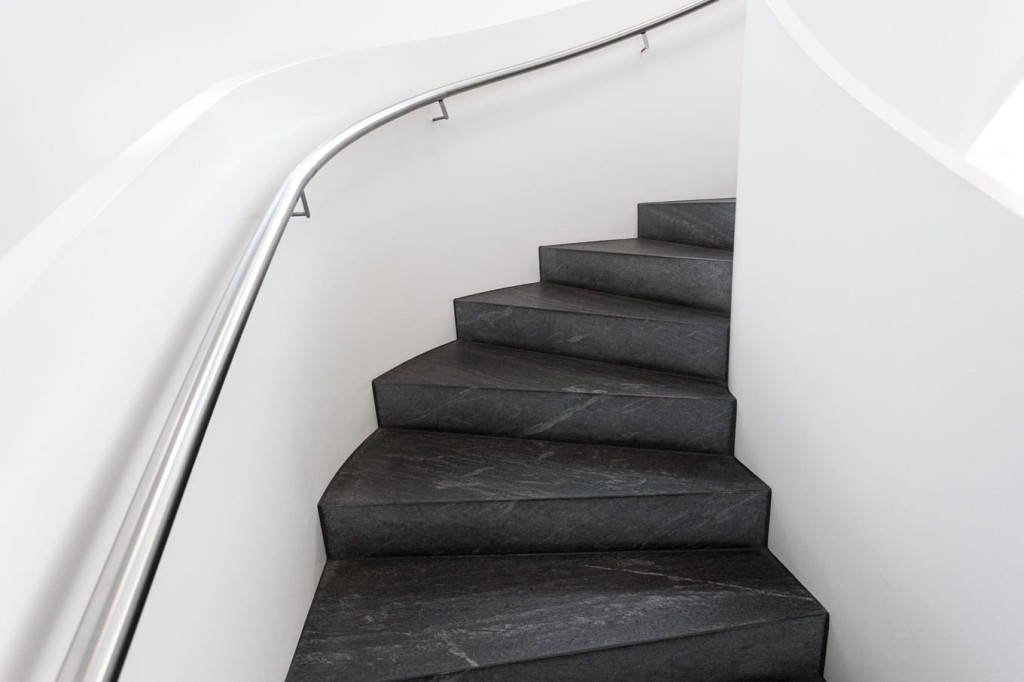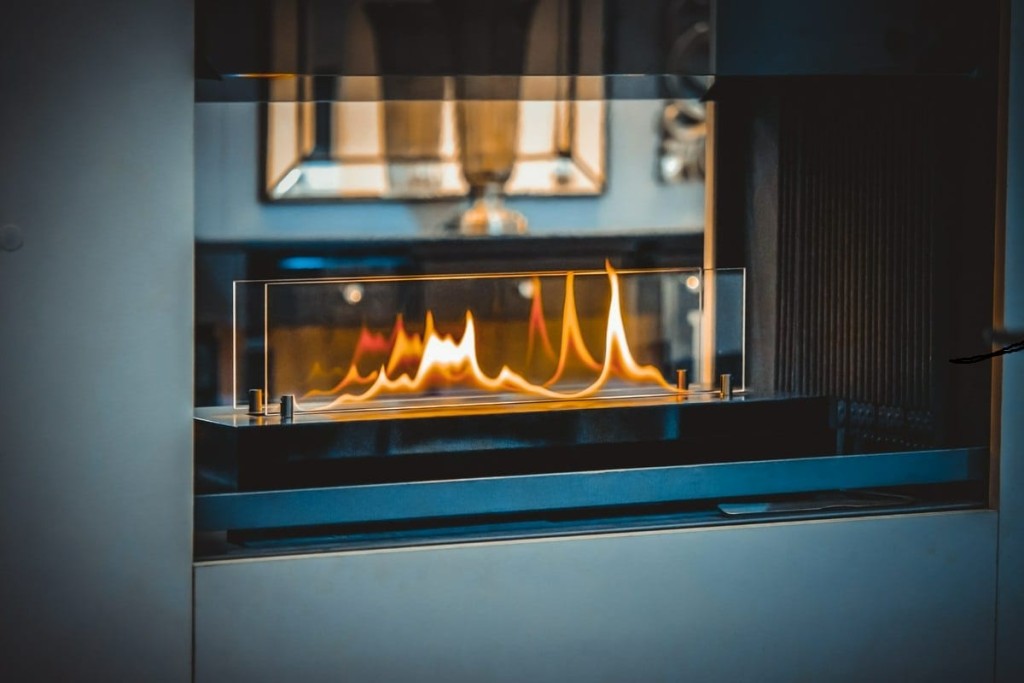Fireplace installation – the most common mistakes
A fireplace is a cheap and a reliable source of heat. What’s more, a fireplace is an effective solution, which substantially lowers the costs of electrical energy used to heat our homes. Its aesthetic values as well as its abundant design inspiration are undeniable. However, a fireplace can malfunction at times.
Find for yourself what mistakes to avoid to get a properly functioning fireplace heating.
1. Faulty air circulation
Fireplace structure should take into account a proper air circulation between rooms. This can be achieved either through undercutting a door frame or installing bathroom door air vents.
2. Improper fireplace insert
The choice of an insert has an effect on our fireplace heating capacity, in other words if our fireplace can heat a room or a house according to your needs. Improperly selected heating capacity might not be sufficient to heat even one room, in which case a fireplace will perform only a decorative function.
3. Lack of ventilation grills
The installation of ventilation grills on top of a fireplace hood is essential. They are to prevent the accumulation of hot air under the ceiling thus protecting wall plasters and a house foundation. We must also remember that ventilation grills should not direct the airflow directly at people.
4. Improper fireplace location
Many people who dream about having their own fireplace forget that a fireplace does not work very well in very small spaces. The process of heat distribution in a small room is impeded. If you opt for a fireplace in a wooden house, you have to remember about the installation of additional safety devices.
5. Lack of fireplace insulation
Whilst installing a fireplace, you have to remember about protecting it with a thermal insulation material, otherwise a fireplace surround heats up too much and starts cracking. A thermal insulation made of mineral wool or a layer of aluminium will prevent this from happening.
6. Improper connection of a fireplace with a flue pipe
Dishonest fireplace installers frequently connect pipes to a chimney flue by force.
It is extremely dangerous because a tee connector in high temperatures increases its diameter and starts cracking.
